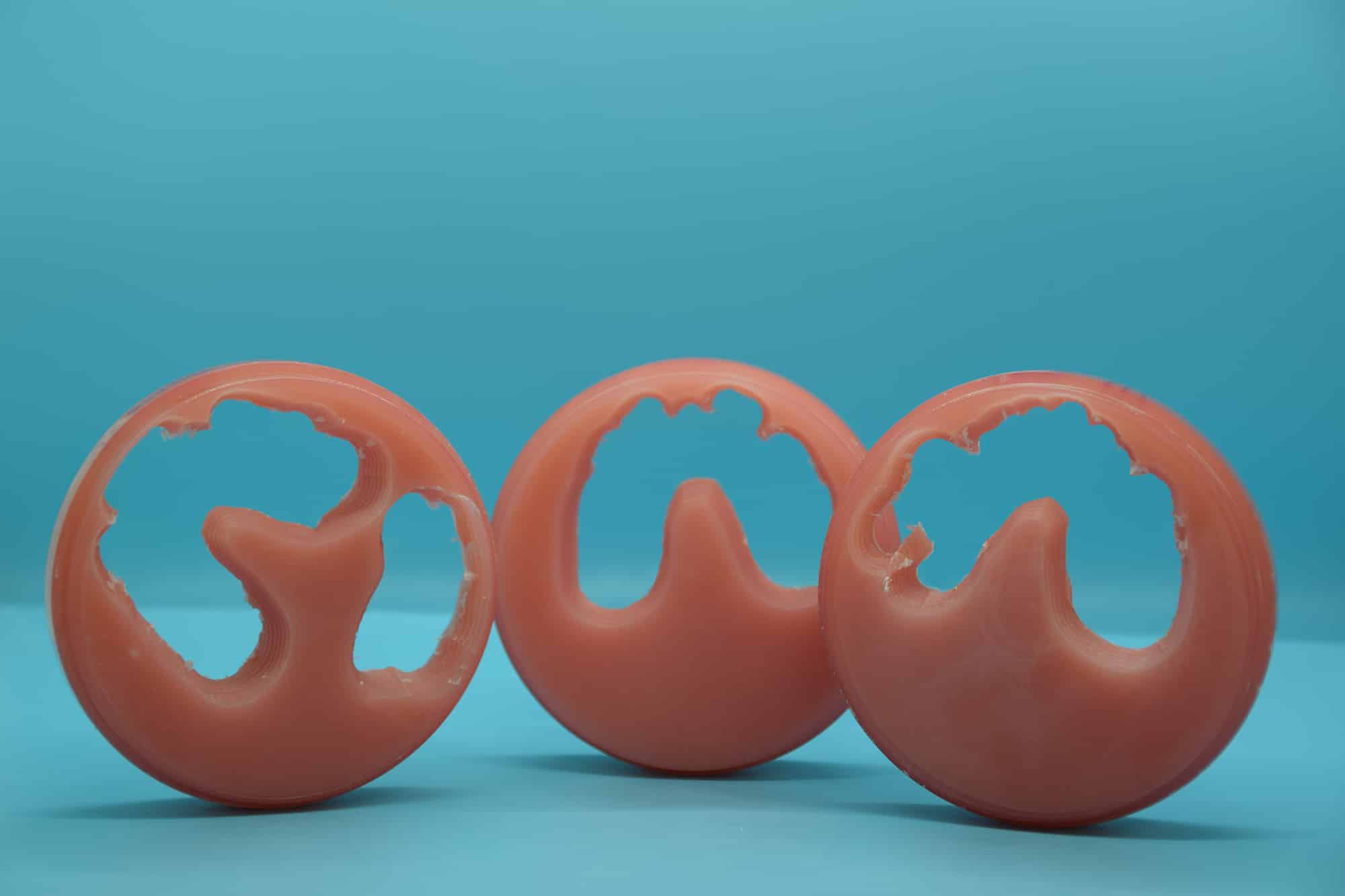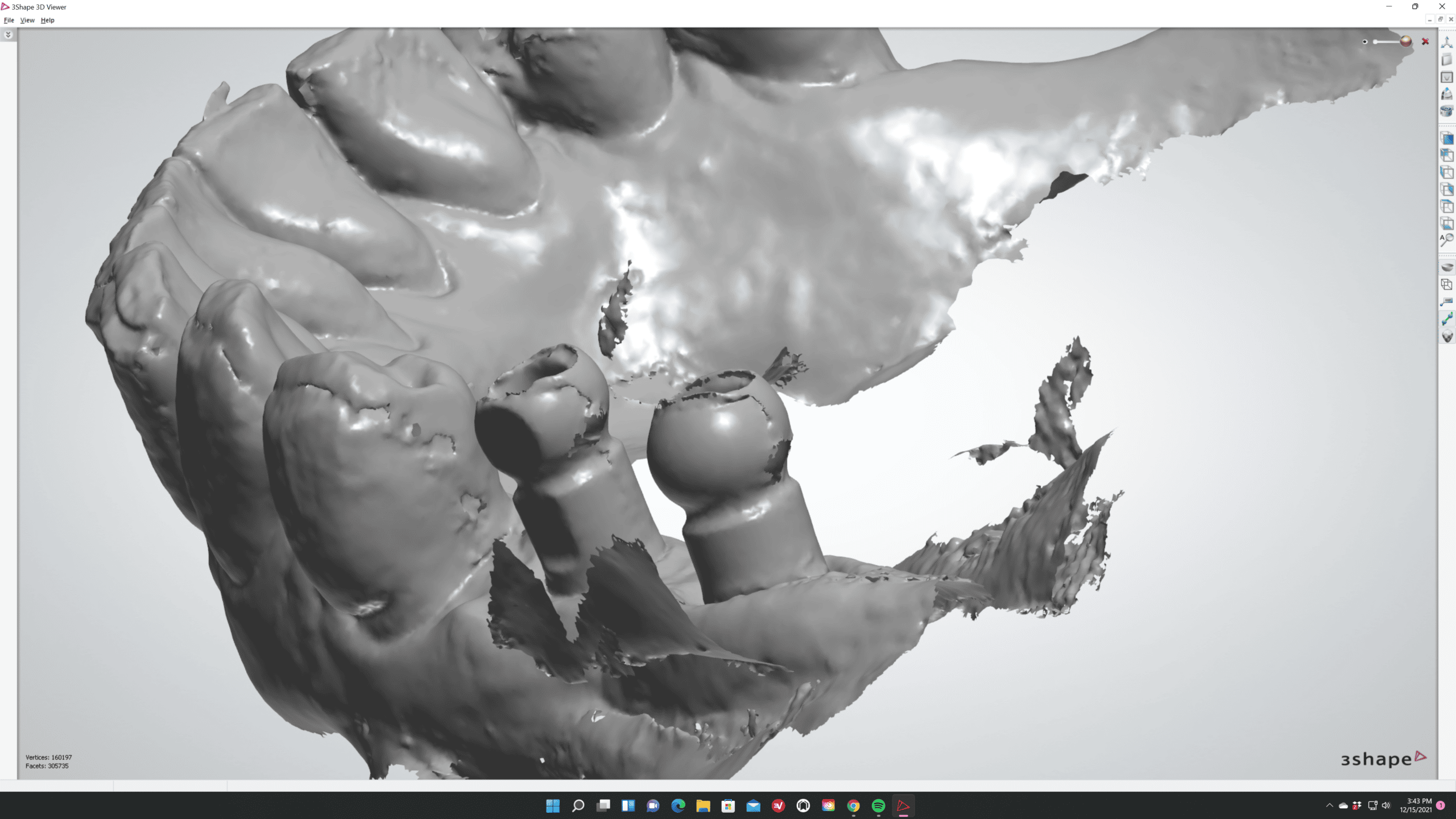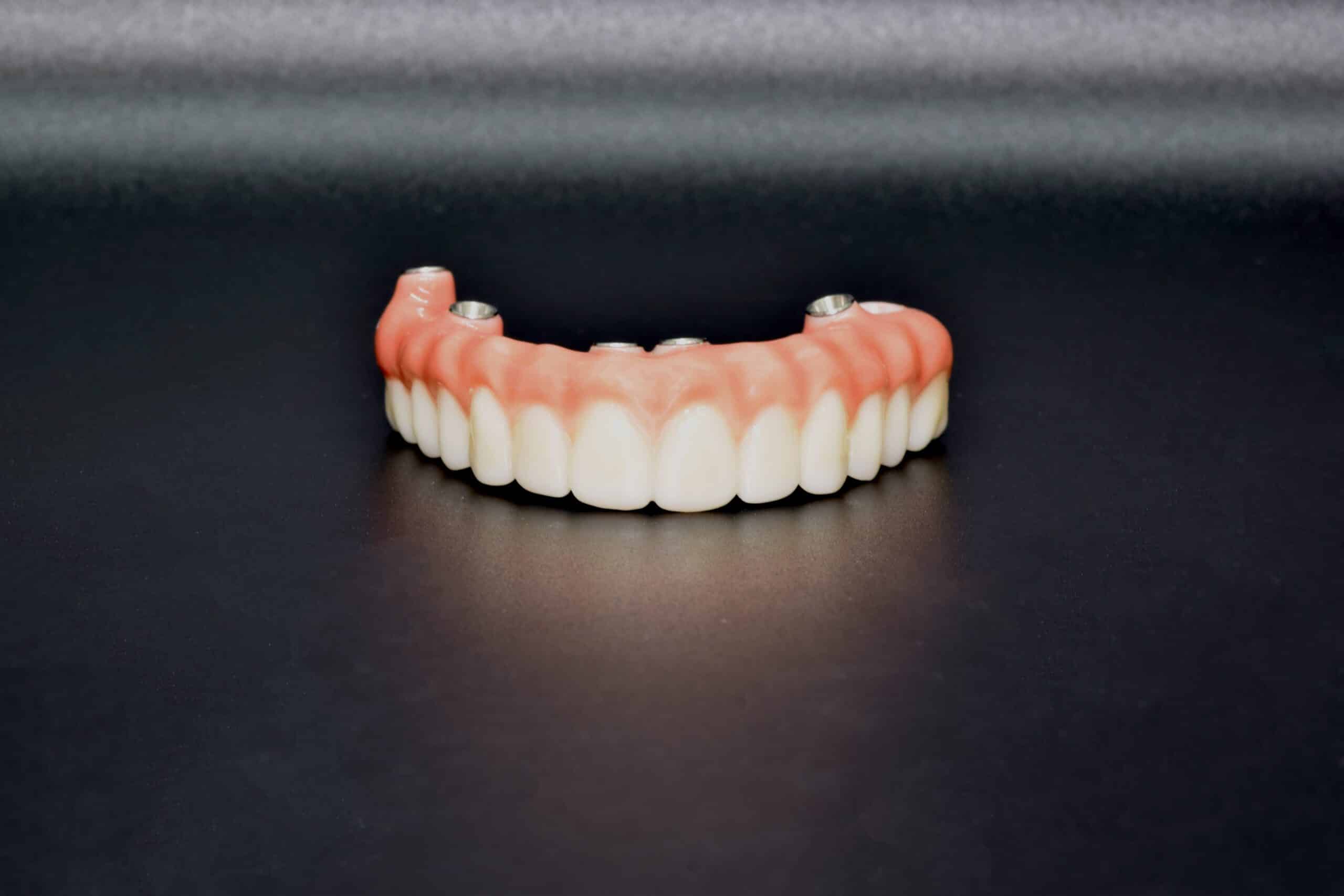Home » Digital Dentistry » 3D Printed Digital Dentures: Promises Fulfilled?
3D Printed Digital Dentures: Promises Fulfilled?
It’s getting hard to avoid now. We’ve heard rumors and grumblings extolling the promise of digital dentistry and a fully digital workflow for years. But now, those grumblings have turned to full-throated roars.
The idea of a “full digital workflow” has typically been a promise a bit outside of the dental industries’ technological prowess. We’ve had “digital scanners” available for decades. CAD/CAM “digital design” has been in use with the crown and bridge department for just as long.
Does scanning a ditched stone model, designing a crown via CAD/CAM software, and milling from a zirconia puck qualify as a “digital workflow”?
How about taking a standard impression, scanning a poured model then designing and printing a denture try-in, then building the final denture via press pack from Lucitone 199 acrylic? Is that a “digital workflow”?
Dental technology media and sales departments have been loose with details and fast with exaggeration.
While various breakthroughs have been made throughout the years to incorporate more digital aspects into the production process, the industry was always lacking in two areas: materials and production method.
Utica Dental Lab invested in a Carbon 3D Printer roughly three years ago. Here’s what we learned.
3D Printed Dentures – Near Total Digital Dentistry Workflow
A hypothetical 100% digital workflow involves:
- Digital Impression via Intra-oral scanner.
- 3D Printed Models.
- CAD/CAM designed denture.
- 3D Printed Try-In.
- 3D Printed Final Denture.
The advent of the 3D printer was one of the final pieces to the digital puzzle. Now, an edentulous patient can receive a complete denture, largely without a lab tech every touching a traditional denture tool or following analog procedures.
Intra-Oral scanners have reached the point where edentulous scans are possible. Although, they should be taken with care.
Models can be easily designed and printed, as can the try-in and final prosthesis.
There remains only one caveat.
Bite Blocks Still Needed for Patient VDO & Centric Relation
There is no good way to obtain the vertical and centric relations digitally. The lab will still need a way to articulate models before any denture try-in or final prosthesis can be made.
It is impossible to obtain that information with an intra-oral scanner without teeth to use as a reference. Therefore, the lab will still need to have an additional step involving wax rims to obtain it.
It is possible to scan bite blocks using a bench top scanner. That can save on turnaround time. There are even rumors of some dentists using their intra oral scanner externally, in a 360-degree fashion.
But it is of the opinion of Utica Dental Lab that the best method is still to use traditional bite blocks.
3D Printed Resin Material is Near Identical to Traditional Denture Material
Printed resin is not the same. Chemically speaking Lucitone Digital Print Resin is not the same as Lucitone 199 traditional denture acrylic.
However, it is very close in terms of functionality and durability.
3D printers via SLS technology has been around since the early 1990’s. It’s the creation of applicable resins that has made 3d printed dentures a reality.
It may seem hard to believe, but a realistic pink colored resin was not easily developed. We’ve had various shades of white, but the denture base was difficult to pin down.
3D digital dentures are printed separately in two parts: the denture base and denture teeth.
The teeth are then fused together with the base using the same denture material. All materials are cured via UV light in a UV oven.
The True Benefits of Digital Dentures
The true benefits of digital dentures are on the lab/manufacturing side. The product is largely billed as being identical to Lucitone acrylic dentures.
From what we’ve seen, that seems to hold true. The material and final product is indistinguishable from each other, and we haven’t recorded any statistically relevant change in remakes.
The greatest advantage comes from the lab side. Digital dentures are less time consuming to make and lab techs can be more easily taught digital design.
Traditional dentures require a certain degree of craftsmanship to make. Those skills are developed and honed with years of practice. As we continue to progress, denture design will become even more reliant on AI and digital generation.
Additionally, our lab techs can be freed to focus on more complicated cases than the stalwart complete denture.
Be sure to check out our Advancements in Digital Dentistry series for a more detailed comparison of the two methods.




